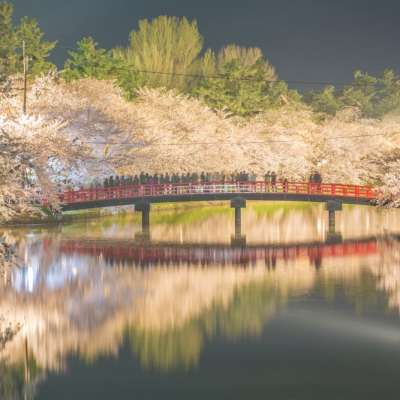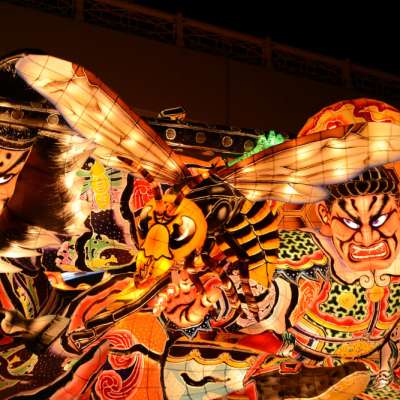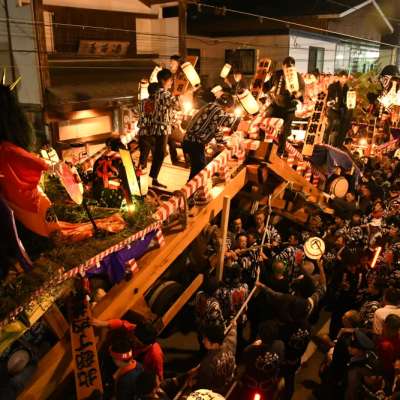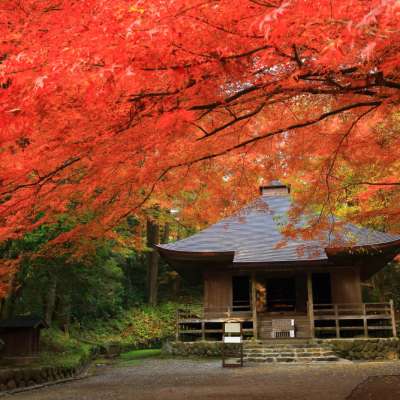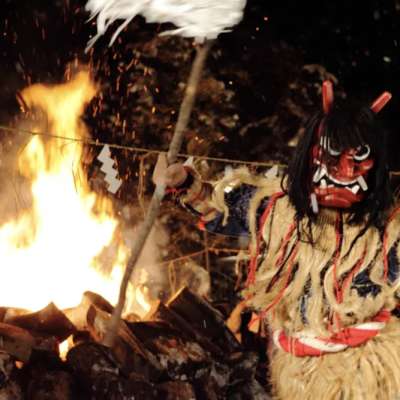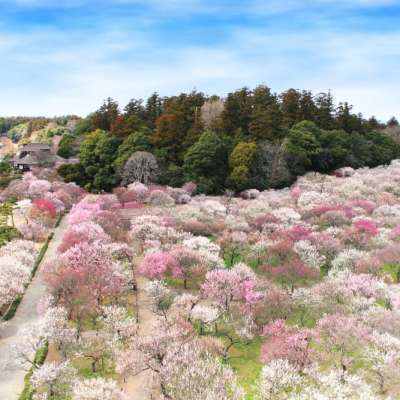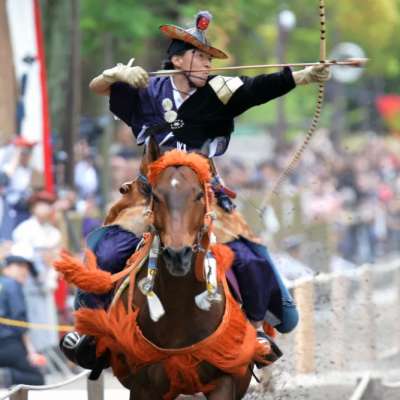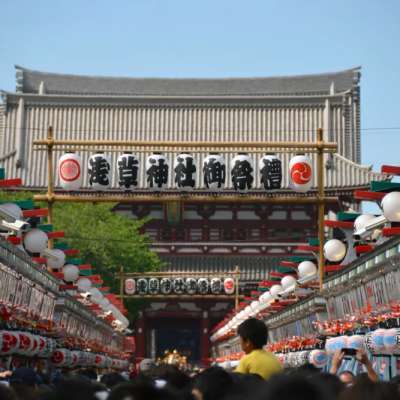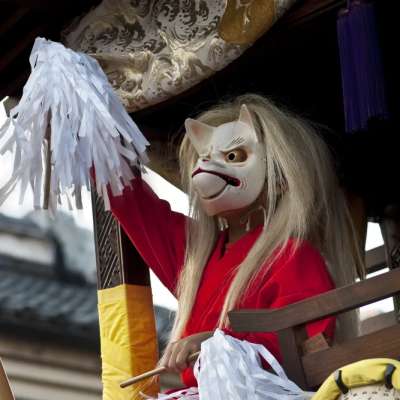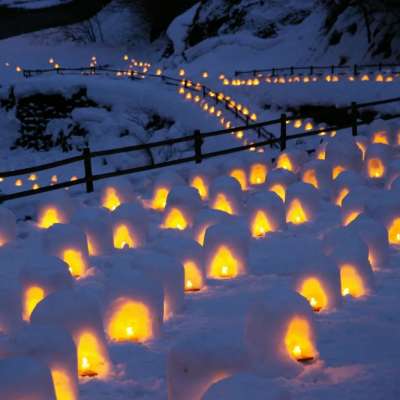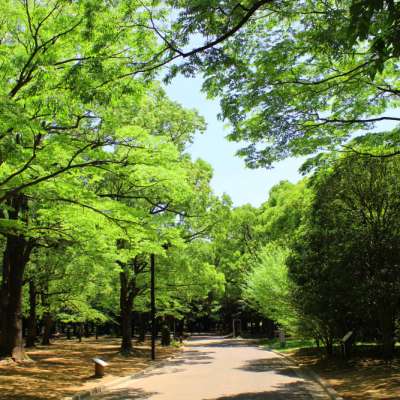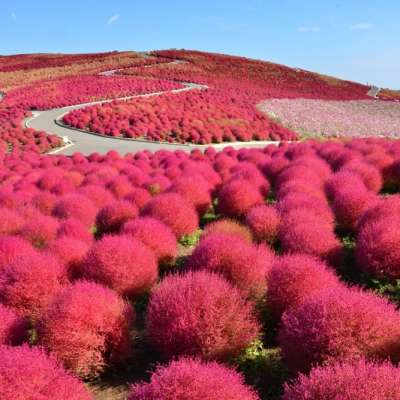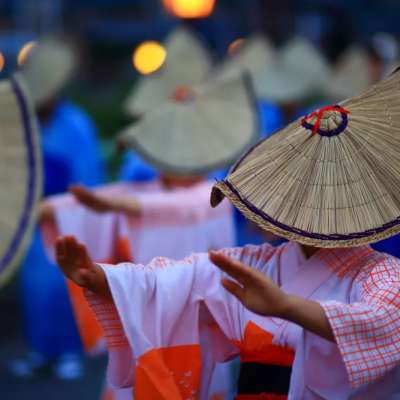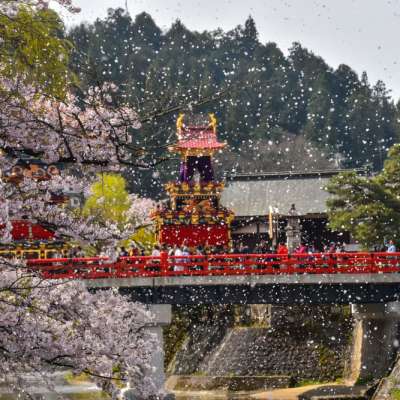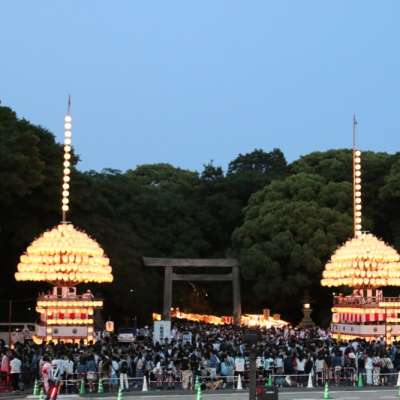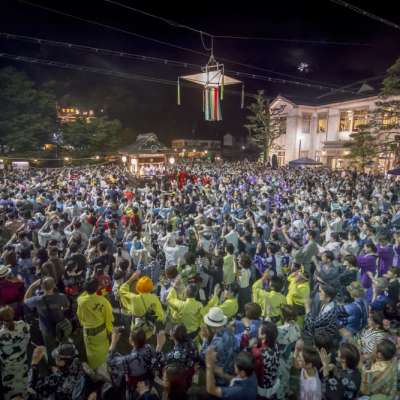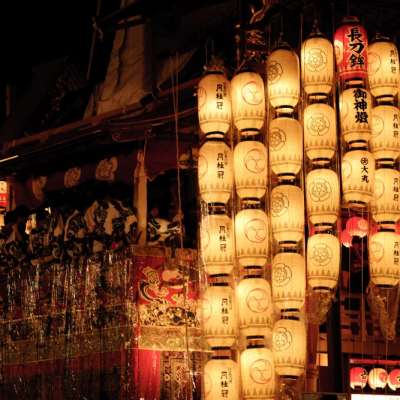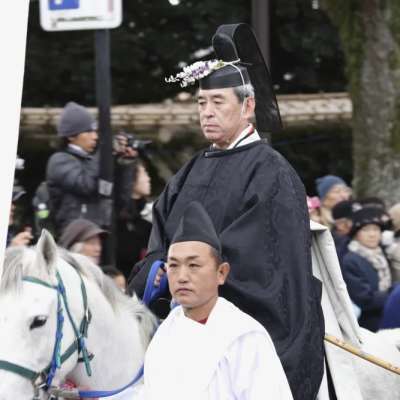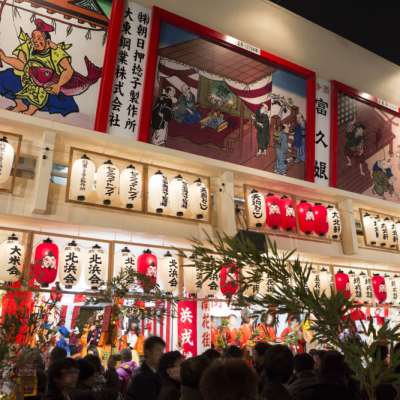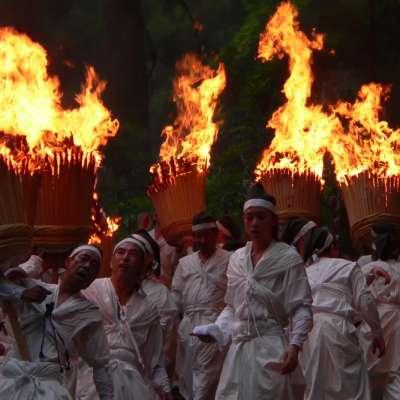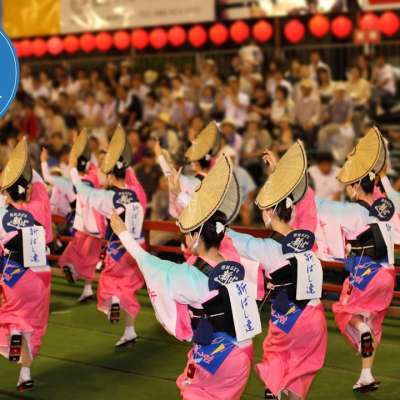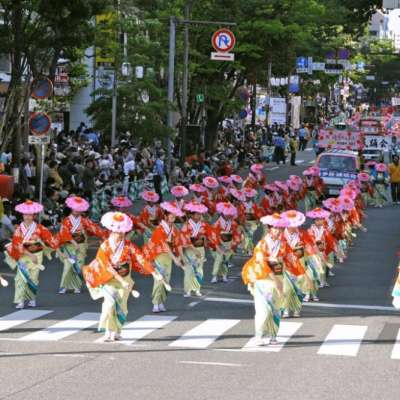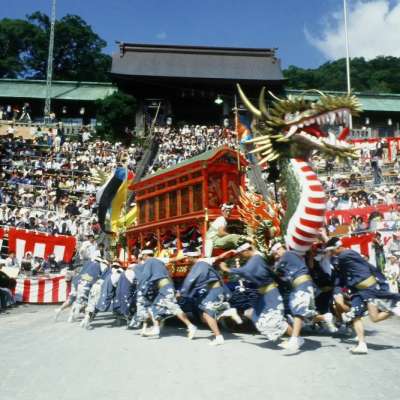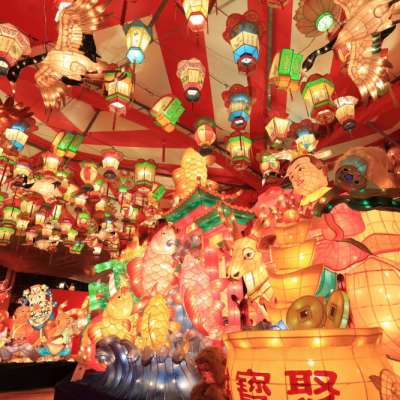Festivals are deeply rooted in Japanese culture. Be sure to plan your visit so you can join a festival.
Japan’s four seasons are very distinct and are full of nature and seasonal fun no matter what time of year it is. Festivals are often focused around nature, whether it's a plea for it to settle down or to show gratitude for its natural gifts. Some very famous festivals are in celebration and admiration of things like flowers and snow. They are also community building events, with some that are on a national scale and others that just take place in the local area. Festivals always bring out the best in people. Be sure to time your trip accordingly so you have the chance to partake in one of Japan’s many festivals.
Spring (March-May)
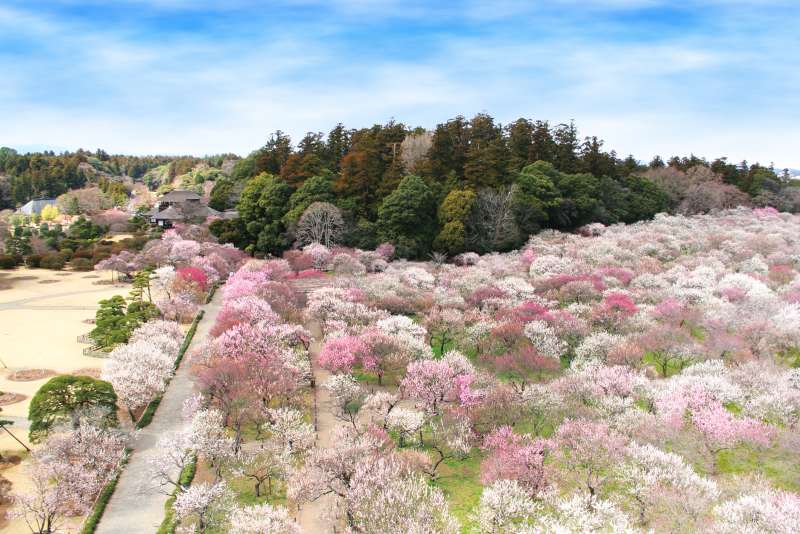
March
The Mito Plum Blossom Festival in Ibaraki takes you to a dreamy meadow of blossoming pink and white plum trees. This festival is held from February to March, and one of the biggest in eastern Japan, and its 3,000 plum trees coming back to life are a hats off to a long, cold winter.
If you're up for some early spring skiing, head to Echigo Yuzawa Onsen in Niigata, and watch skiers descend the slopes holding torches at the Echigo Yuzawa Snow Festival. Don’t miss out on the entrancing fireworks display, relaxing onsen, and delicious street food either.
March-April
In Aomori, the Hirosaki Cherry Blossom Festival boasts 2,600 trees, some of which are over 300 years old. They are best viewed at night when there is a beautiful illumination of Hirosaki Castle.
April
The Takayama Spring Festival is less dedicated to the cherry blossoms and more so to music and the float-like centerpieces called “Yatai.”
If you’re looking for a more eclectic experience, check out the week-long Kamakura Festival. Horse riding, archery, dancing, and an outdoor tea ceremony are all highlights of the festival. The traditional Shizuka no Mai dance performance is based on the story of Lady Shizuka, a prominent figure of Japanese history and literature.
May
If you're a summer person and can't wait for the warmer weather, the Sanja Festival is the place to be.
Lively parades with mikoshi (portable shrines) and elaborate shrines come together in this event in Asakusa of Tokyo.
One of the biggest festivals in Japan, the Hakata Dontaku Festival typically unites 30,000 participants and attracts over two million guests every year. The main attractions of this festival are the performances and parades.
Summer (June-August)
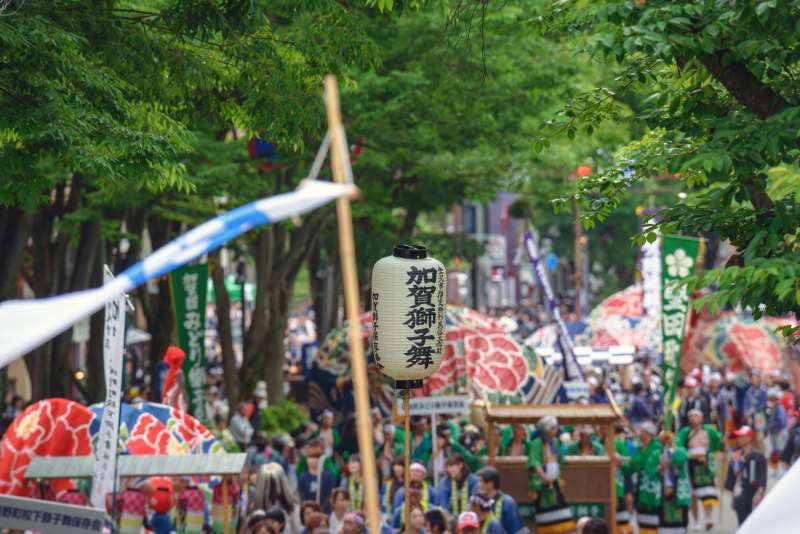
June
The Atsuta Festival in Aichi offers a robust combination of lantern displays, delicious food, and dancing. Held at a nearly 2,000-year-old shrine, this is a great opportunity to explore unique Japanese traditions.
This culture filled event inspired by the times of feudal Japan, the Kanazawa Hyakumangoku Festival, is a great way to see some interesting samurai reenactments, drum performances, and a spectacular parade.
July
The Gion Festival is a massive event in central Kyoto that's been going on since 869. There are plenty of things to enjoy like parades, family heirlooms on display, huge floats, and lively night parties. A word to the wise, you will want to book your accommodation months in advance.
July-September
A bustling, dance-packed event known as the Gujo Odori Festival is a celebration that takes place from July to September in Gifu. Just go with the flow and learn one of the 10 different dances.
August
The Aomori Nebuta Festival attracts more than 3 million guests with its huge 3D papier mache floats. It's a great opportunity to dance, but you have to be in costume. Head up to Aomori in the beginning of August for this 5-day event.
Tokushima has a great dance festival as well, called the Awa Odori Festival. There are many different performances, and you can even join some of them without registration. This festival is the heart of the area, and much heritage is involved in its production.
Autumn (September-November)

September
Originally created to appease the winds and pray for safety from natural disasters, the Owara Kaze no Bon Festival combines music, folk tales, pageantry, and mesmerizing dance moves that make for an elegant experience.
The Kakunodate Festival uniquely joins the hands of Buddhism and Shinto in this rare, dramatic event. Clashing floats, music, dancing, and artistry collide to make the festival come to life. Musical battles between floats in a historic Edo town makes for quite the experience.
October
The Kawagoe Festival features unique floats that are all very intricately decorated and each contain a doll that represents a legendary figure.
The Nagasaki Kunchi is a great place to experience a dragon dance that has been inspired by Chinese culture. You can also try some interesting festival food called “hashimaki,” which are basically okonomiyaki rolled around chopsticks.
November
As it gets colder and the leaves start to change color, the Fujiwara Autumn Festival in Iwate is an amazing sight to see. At the Chusonji Temple, the colorful chrysanthemums are put on immaculate display. You won’t want to miss out on the breathtaking beauty and parade at this 3-day event.
Winter (December-February)
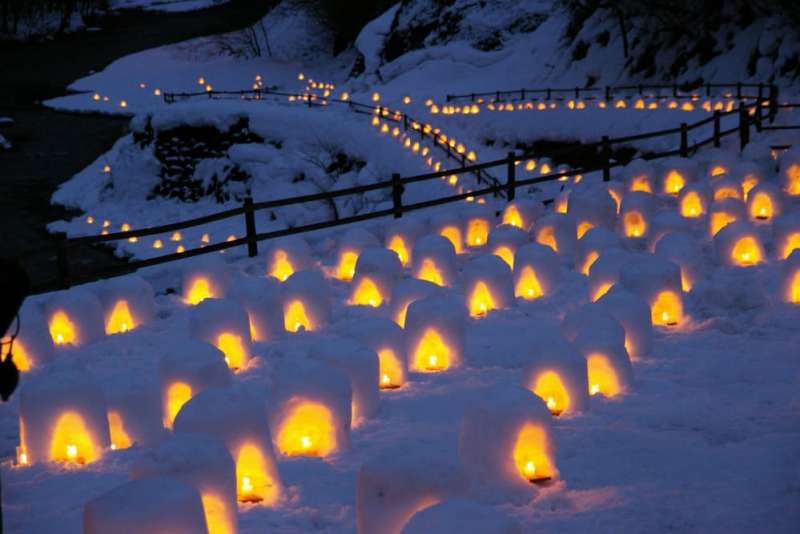
December
An event founded on history, as well as a plea to rid Japan of disease, is the Kasuga Wakamiya Onmatsuri Festival. This is a great opportunity to get your fill of incredible music performances and feudal Japan, as you will see participants dressed up in ancient Japanese attire.
“Namahage” are a kind of spirit that somewhat resemble demons wearing masks and costumes. They are frightening, but they are actually benevolent spirits that bring good fortune to families. Paying tribute, men dress up like them at the Oga no Namahage on the Oga peninsula of Akita. Head there to experience this exciting event on New Year’s Eve.
January
New Year’s in Japan is remarkably festive, but the Toka Ebisu Festival at Imamiya Ebisu Shrine in Osaka around January 10th is considered to be even more exciting than New Year’s day, with crowds of people praying for prosperous business in the year to come.
Additionally, the Yunishigawa Kamakura Festival in Tochigi takes place from late January until early March and is famous for its nighttime illumination of its kamakura snow huts.
February
One internationally famous festival you don't want to miss in early February is the weeklong Sapporo Snow Festival. The snow sculptures have gained fame, and rightfully so. Some of the impressive works of art are the size of buildings, and some are expert recreations of famous anime characters among other things.
Further south in Kyushu at the beginning of February, the Nagasaki Lantern Festival boasts streets filled with lanterns.
Something different
Turn up the heat by attending Japan’s Fire Festivals, one of which is the blazing Nachi Fire Festival on July 14th in Wakayama. The highlight of this festival is when participants carry twelve blazing portable shrines that resemble the Nachi Falls.
Late spring is the setting for flower festivals. One of the big spring flower festivals is in Hitachi Seaside Park of Ibaraki when the nemophila blanket the fields in a stunning baby blue. There are also lots of events showcasing regional food at Yoyogi Park in Tokyo, and Japan's conference centers and forums play host to all kinds of events from tourism forums to presentations of the latest technology.





















































